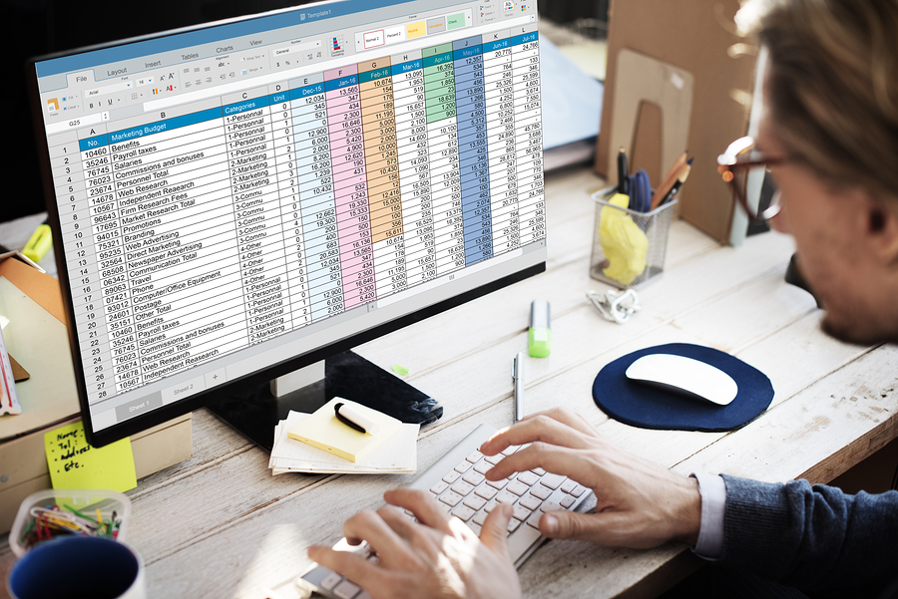What are the key performance metrics that you should track in order to best track and manage your energy costs? What key levers can you pull that will make the biggest difference in managing energy costs?

Here are the key metrics that we measure and that we recommend that our customers track.
Cost per significant unit (per square foot, per student, per bed, per guest, etc.): Take your key indicator of business performance (for example, if you manage a commercial building, you care about square feet, if you manage a campus, you may track energy costs per student for residence halls and per square feet for classroom area). Then calculate your total energy cost (electricity + gas supply + electricity + gas delivery) and divide by significant unit. By standardizing your raw costs with the significant unit, you gain insight that other business managers in your organization can use, and you may be able to compare energy cost and performance (efficiency) across different facilities, or even benchmark your organization against peer organizations. Standard measures may also help you identify high-cost or underperforming facilities, and discover possible cost savings from efficiency investments.
Isolate supply and delivery costs per unit. Make sure you are able to isolate supply and delivery costs– the results may surprise you. You will likely find that some buildings have high supply costs, others have high delivery costs. Rank your facilities based on the cost per unit and then plan your cost management strategy by prioritizing based on those rankings.
Usage per cooling and/or heating degree days. Evaluate energy efficiency measures based on how your usage has tracked over time while controlling for cooling or heating degree days. Any efficiency measure you’ve implemented should perform well after accounting for heating and cooling degree days. If the weather isn’t taken into account, your data may be misleading and give you distorted conclusions.
Unit rate over time as compared to utility tariff unit rates. Controlling energy costs means (among other things) managing your unit rate in a commodity market. In NY your benchmark is a utility tariff. Track how your unit rate compares to that utility tariff rate and how it compares to market prices. That way, you can measure the success of your supply cost management strategy.
Consider price volatility. Professional financial managers always consider trade-offs between risk and return. Energy managers should similarly consider the trade-off between lowest expected cost and reduced volatility in costs. Volatility in costs affects cash flow and financial planning, and while market prices have not been particularly volatile recently, things can always change. As you manage and monitor your costs, it might make sense to develop some internal view on the value of lowering the uncertainty around your energy costs, and your exposure to changes in the markets. Different products are available to reduce this exposure.
Bottom line for energy and finance professionals: Energy costs can be managed. The first step is making sure you have all the relevant information that you need to wisely track and invest in the right energy programs.
